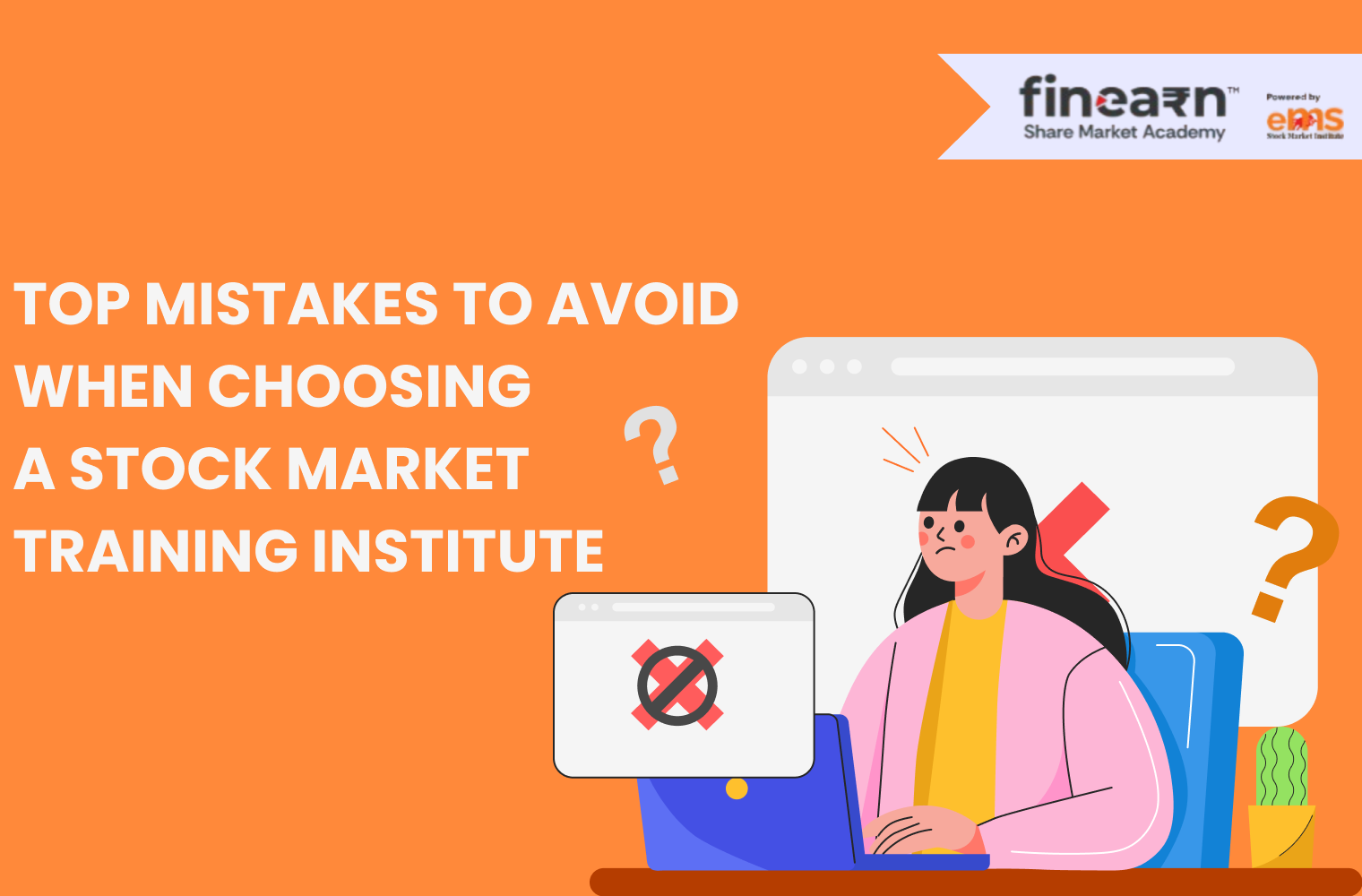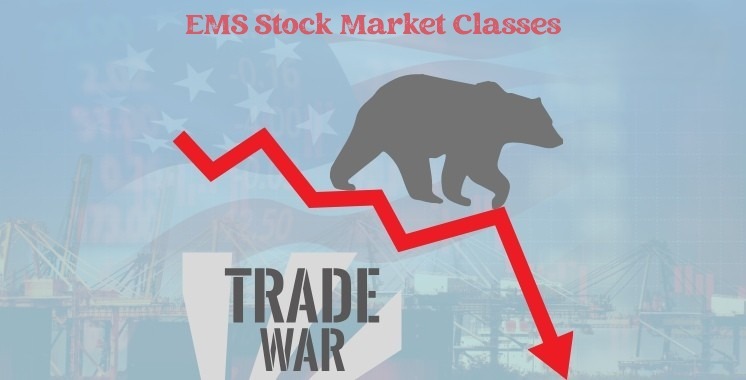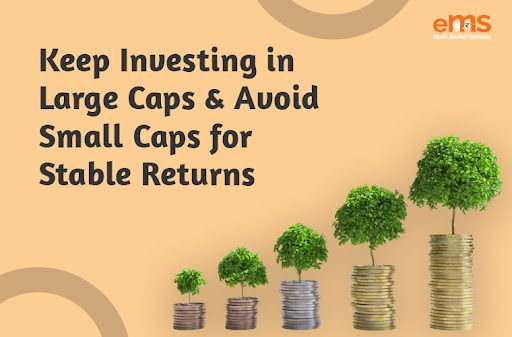Looking to train yourself for stock trading and searching for the best share market classes in Pune? While looking for one, you will find hundreds across search engine results. While having options is good, the sheer number of alternatives can overwhelm anyone. Often, the confusion results in abrupt choices. Reasons? While some fall for unrealistic commitments, others get caught in the trap of preposterously lucrative discounts.
It seems you are sensible enough to understand you shouldn’t make such mistakes. Hence, you are here. So, let’s look at the top seven mistakes you must avoid while choosing a stock market class and how to avoid them.
1. Prioritizing Low Fees Over Quality
The cheapest course in the market is often the most tempting one. But is it equally useful? If you also feel driven towards such options, you must ask yourself if the trainers can help you succeed, or if they are selling run of the mill courses to survive. Make your choice based on the answers you receive from your research about the institute.
Remember, stock market education is an investment. Hence, the more wisely you invest, the higher your returns. So, focus on value and not the price. Look for an academy with a structured course, experienced trainers and comprehensive post training support.
2. Ignoring the Trainer’s Expertise and Background
Many institutes talk about everything but their trainers. Ideally, they should do it readily. If not, perhaps they don’t have a trainer in place or the one they have isn’t experienced and expert enough to go beyond textbooks. Accordingly, you must research the trainer, their credentials, experience in the stock market, success rate and teaching experience. Attend a demo session if the institute allows you to attend it.
3. Falling for Get Rich Quick Promises!
This is another serious mistake. These days, many institutes play it smart. For instance, they advertise their courses like “earn Rs. 1,00,000 with a 30 day stock market training.” So, they advertise measurable earnings within a specific time frame!
Of course, such ads look promising and attractive. But practically, trading doesn’t work that way. As a result, choices based on such claims prove to be disappointing. Therefore, you must stay away from institutes that guarantee profits. Instead, choose institutes that focus on building technical skills, strategic understanding, informed decision making and risk management to build returns.
4. Neglecting the Course Curriculum
Reviewing the course curriculum is as crucial as assessing the trainer’s profile. It is because every stock market course is distinct. While some cover only the basics, you will find many others delving unnecessarily into irrelevant theory. Choosing such courses usually leads you nowhere, as they don’t venture beyond freely available sessions on YouTube or information available elsewhere across the internet.
Thus, while choosing a course, you must ask for a detailed curriculum. Get it reviewed by a few stock market experts you know to determine if it is competent enough and valuable. The course you choose must cover the technical and strategic aspects of the stock market, helping you build confidence and become an independent stock market player.
Stock Market Success Begins with the Right Training – Start Your Journey Today!
5. Overlooking Practical Exposure
Theory matters. However, no stock market course is complete without practical exposure. Instead, hands-on training is the core aspect of every share market curriculum. Practice helps you learn from mistakes, gain experience and develop decision making abilities. A course that relies solely on theory or has poor practical exposure is a recipe for failure.
Therefore, look for the best share market classes in Pune that offer 20% theory and 80% practice through simulations, case studies or live sessions.
6. Not Checking Post Training Support
Learning doesn’t end with the course. Although you have learned, you will still require expert support during your initial days as a stock market trader. Choosing an institute that doesn’t offer post training support may make you feel left out after the course.
Hence, you must choose an institute that offers ongoing support, whether through discussion forums, alumni communities or mentorship programs. Ongoing post training support can help amplify your knowledge, learning and trading experience.
7. Missing External Feedback and Reviews
No institute will post a brickbat on its website. Hence, relying on website testimonials alone can prove to be a mistake. To get a complete picture, you must also look for external comments, feedback, reviews and ratings. Also, connect with some past students over a call to understand the pros and cons of joining a particular institute.
Ready to Choose the Best Share Market Classes in Pune? Consider FinEarn!
Earlier known as EMS, FinEarn Share Market Academy is a share market institute with a difference. With years of experience and thousands of success stories, we’ve created a proven track record in share market trading. Our comprehensive curriculum, seasoned trainers, post training support and realistic commitments help you become an independent and confident share market trader.
We hope the above helps you avoid the common pitfalls while choosing the best share market classes in Pune. For more details about our courses, call us at +91 9561861818.

 +91 95618 61818
+91 95618 61818









